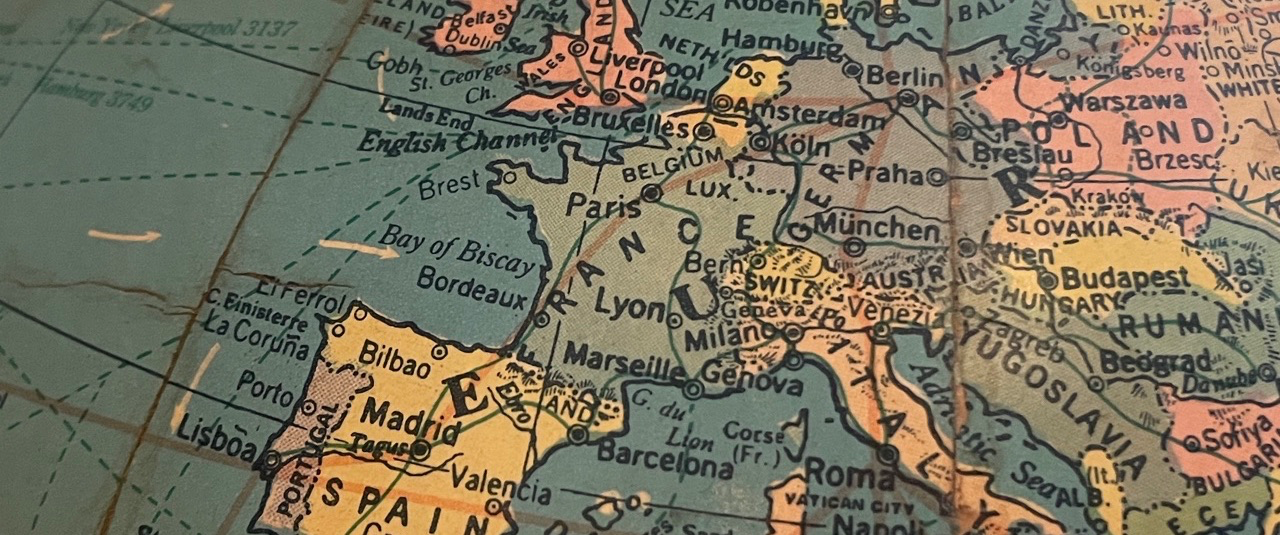The Internet is a force. An intangible force of good, made from tangible parts and plays a bigger and bigger role in our everyday life. It’s comprised of millions of individual networks that allow us to connect and communicate with each other. Its open and global infrastructure is designed to work seamlessly across borders. This cross-border flow is facilitated through machines and systems that speak a common language: a set of open protocols. This language, which includes protocols such as TCP/IP and HTTP, allows any Internet user, anywhere in the world, to access and provide information and services to and from any part of the globe.
As the Internet has become a central part of our lives, many countries and regions are taking steps to assert their authority over certain aspects of the online environment. These governments propose and implement policies designed to give them more authority over how certain parts of the Internet and online services work within their borders. This trend is increasingly tied to the term “digital sovereignty”, also known as “cybersovereignty,” “tech sovereignty,” or “Internet sovereignty.” Sovereignty over the borderless nature of the Internet could affect how it operates, and its usefulness to the global community.
Exploring Digital Sovereignty is an initiative by the Internet Society to unravel the potential consequences of digital sovereignty for the open, secure, trustworthy, and globally-connected Internet. The goal is to define, together with our community, the Internet Society’s position on Digital Sovereignty.
What We’re Doing
We are currently looking into how digital sovereignty policies could affect the Internet’s technical development and evolution. We have identified three regions–Africa, Asia-Pacific, and Europe-where this digital sovereignty trend is most pronounced. By studying national laws, policy proposals, strategy documents, public policy-related evidence and conducting interviews in select countries, we aim to find out:
- What drives governments to assert digital sovereignty
- What policy goals do they want to achieve
- What measures do they want to put in place to achieve these goals.
Our work has been informed by experts within and beyond our community who have generously provided their insights on this issue. Next, we will use the Internet Way of Networking (IWN) framework to analyze our findings, and evaluate whether, and how, such policies may impact the Internet and its critical properties.
In the past months, our research has shown us that they are nuances in how the digital sovereignty concept is conceived. Different governments have different definitions. However, there are some common approaches that are not necessarily related to other national policies.
Next Steps
Next month, we will share the research paper’s first draft with our community. Their feedback will help us refine our draft. By the end of the year, we will release the final report to the public, covering the ways digital sovereignty unfolds in different regions of the world, laying out the Internet Society’s position on digital sovereignty, and providing a foundation for future analysis rooted in the IWN framework.
If you’d like to join the conversation you can:
- Join our thread on Connect.
- Write to us at [email protected]. to Share your thoughts, ask questions or let us know why you’re interested in this topic.
- Visit our webpage for more ways to get involved.
Image credit: Dan York photo of a 1939 globe

